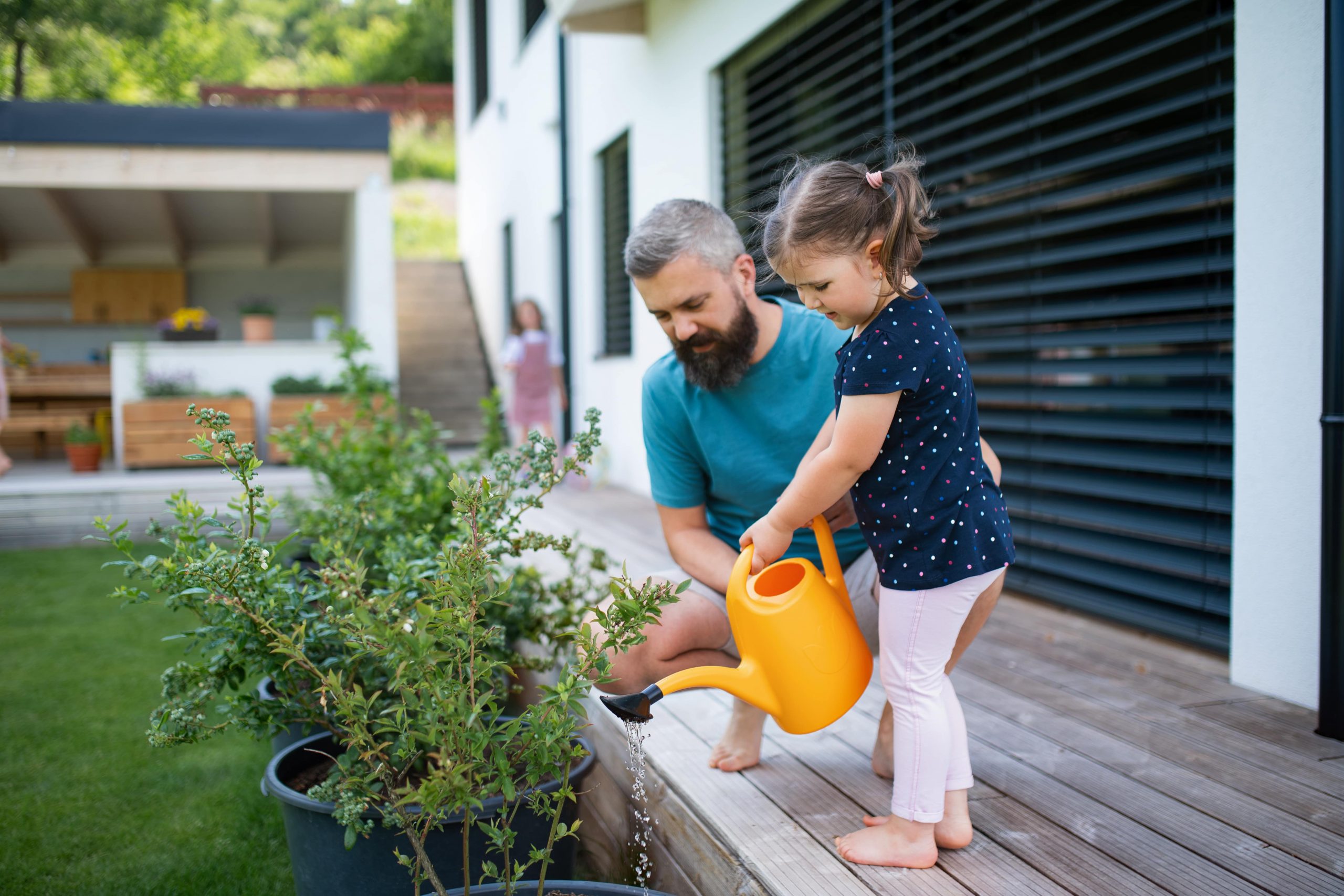
Plants for Your Small Backyard
When it comes to adding plants to your small backyard, the possibilities are endless. Whether you’re looking to add some privacy, create a focal point, or simply add some greenery to your space, there’s a plant out there that will suit your needs.
One of the most popular choices for small backyards is bamboo. Bamboo is an excellent choice for privacy screens and can also be used to create a tropical feel in your space. If you’re looking for something a bit more low-maintenance, consider adding some potted plants or shrubs. Potted plants are a great way to add color and interest to your space without having to worry about them taking over.
If you’re looking for a plant that will provide you with plenty of privacy, consider adding a hedge. Hedges can be easily shaped and will provide you with the privacy you desire. For a more natural look, consider planting a line of evergreens or boxwoods.
If you’re looking to add some color to your small backyard, consider adding some annuals or perennials. Annuals are a great way to add color without having to worry about them coming back year after year. Perennials are also a great choice for adding color, but they will come back year after year, making them a great investment for your space.
No matter what type of plants you’re looking to add to your small backyard, there’s sure to be an option that will suit your needs. With so many choices available, you’re sure to find the perfect plants for your space.
Flower Plants for Your Backyard
Flower plants are a great addition to any backyard. They add color, beauty, and life to any space. But, before you go out and buy a bunch of flowers to plant in your backyard, there are a few things you should consider.
First, think about the climate in your area. What kind of weather do you typically have? Do you get a lot of sun? Or is it mostly shady? These factors will affect what kind of flowers will do well in your backyard.
Second, consider the soil in your backyard. Is it nutrient-rich? Do you need to add anything to it to help the flowers grow?
Third, how much maintenance are you willing to do? Some flower plants require more care than others. Make sure you research the care requirements for the plants you’re interested in before making your purchase.
Now that you’ve considered these things, it’s time to start shopping for flower plants! Here are a few of our favorites:
1. impatiens – These flowers are perfect for shady areas and require little maintenance. They come in a variety of colors and bloom throughout the summer.
2. petunias – Petunias are another low-maintenance option that does well in both sun and shade. They come in a wide range of colors and bloom all summer long.
3. marigolds – Marigolds are perfect for adding a pop of color to any garden. They’re also easy to care for and bloom throughout the summer months.
4. daisies – Daisies are a classic flower that looks great in any garden. They’re easy to care for and bloom from early summer to fall.
5. zinnias – Zinnias are perfect for adding a burst of color to any garden. They’re easy to care for and can bloom from early summer all the way until frost.
No matter what type of flower plant you choose, we know you’ll love the addition it makes to your backyard!
Vegetable Plants for Your Backyard
One of the best ways to enjoy fresh veggies is to grow them yourself! If you have a backyard, you can easily turn it into a vegetable garden with a little bit of planning and effort. Here are a few tips to get you started.
First, choose the vegetables that you want to grow. Take into account the amount of space you have, the amount of sunlight the area gets, and whether you want to grow annuals or perennials. Once you’ve decided on the types of vegetables you want to grow, it’s time to start planning your garden.
Draw out a basic sketch of your garden area, and then research which plants will do best in each spot. Make sure to leave enough space between each plant so that they have room to grow. Once you have your plants picked out, it’s time to start planting!
If you’re starting with seeds, plant them in starter pots indoors and then transplant them into your garden once they’ve sprouted. If you’re planting seedlings or young plants, be careful not to damage the roots when transplanting them into the ground. Water your plants regularly, and fertilize them according to their needs.
As your plants grow, keep an eye out for pests or diseases. If you see any problems, address them immediately so that they don’t spread to other plants. With a little bit of care, your vegetable garden will be thriving in no time!


